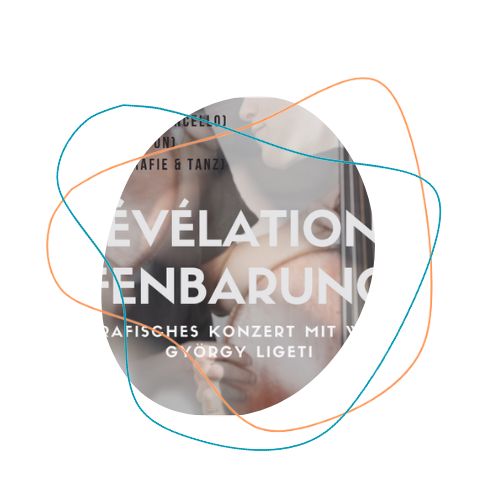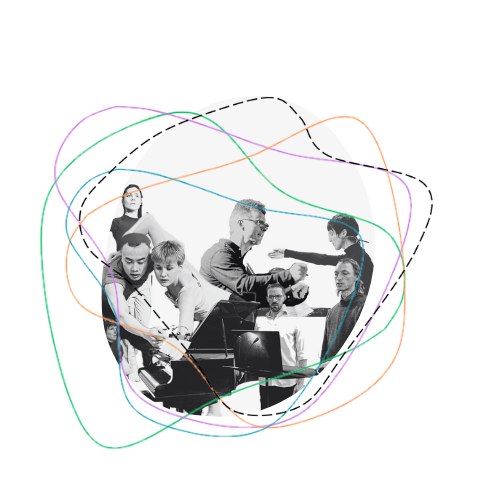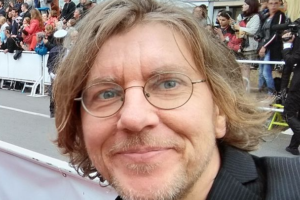Every space has a unique sound spectrum associated to it. Just as an instrument has a range, a space of possibilities and of timbre, so does space itself. It is impossible to get a metallic sound out of a wooden instrument and vice versa. What eventually creates the character of sound in an instrument is of course the space, namely the resonance body. So, it is not surprising that each space has its very own character and timbre. Technically the relation between the space and its range of possibilities, its character so to say, is defined by the Fourier transform. The Fourier transform of a space yields all the possible frequencies that one may tap into during a spatial interaction.

Capturing the character of the sound it requires fishing. This is the art of Direct Sound. Fishing for sounds means to tapping into the spatial character. Technically it involves channelling frequencies that are present in space through a recording device, the Boom. In this research project we consider the fishing itself as a performative interaction with space in which both the acoustic free field (direct sound) and the acoustic diffuse fields are accessed through the Boom. Fishing for sounds is then the art of capturing the characters of both the localised and active direct sound vis-a-vis the de-localised and passive, diffuse sound.
We ask: How to fish for spatial qualities and sound characters? How can we read and interpret the diffuse field? Just like an encrypted memory it contains the archive of sounds in the space and as such we view it as a distilled source of spatial knowledge. Much like a conducting baton, the boom as an instrument has a special role as it translates the space into a signal, and this instrument requires a grammar, a syntax and a notation: A linguistics of the boom.
DIRECT SOUND study cases:
\ Boom choreography
Artistic experiments in boom movement in collision with other disciplines. Learn More
\ Boom as choreomusical practice
Space experimentations with the boom. Learn more




